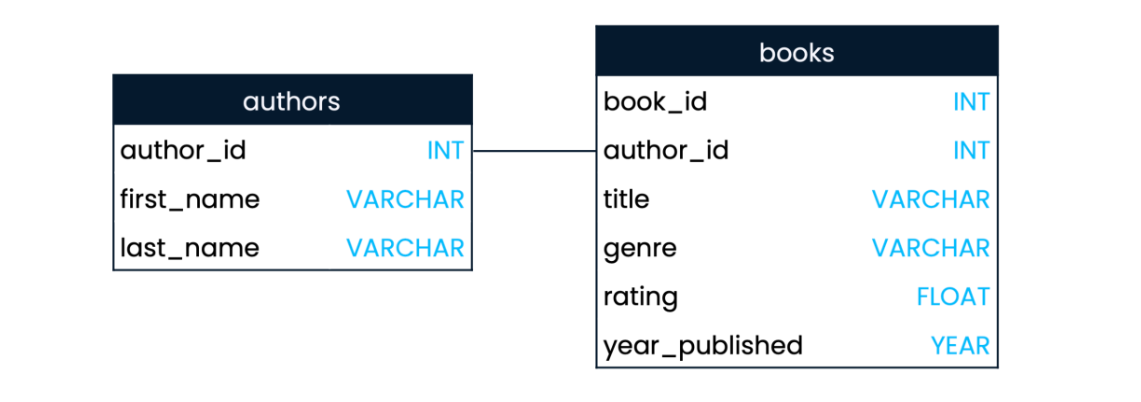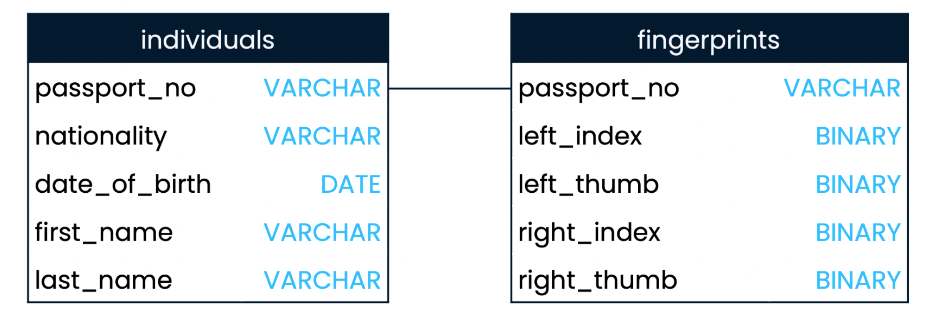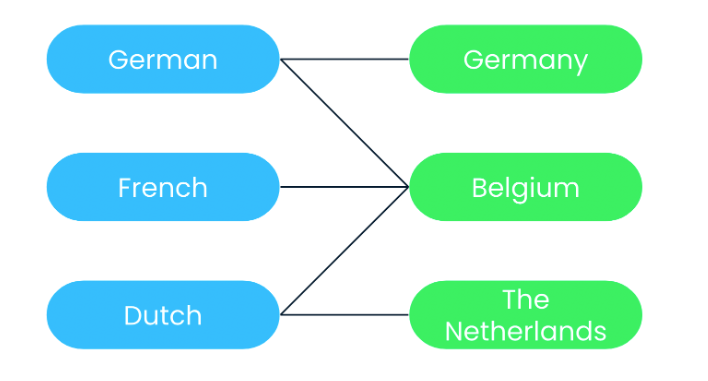Relationships
One-to-Many
The most common type of relationship in databases is the one-to-many relationship, where a single entity can be linked to multiple other entities.
For example, Malcolm Gladwell has authored several books. We can put his book on a "books" table along with other books by other authors. We can then have a second table called "authors" which will contain several famous authors.

We could join the "books" table with the "authors" table using an "author_id" field that can be found in both tables.
SELECT authors.last_name, title
FROM authors
INNER JOIN books
ON authors.author_id = books.author_id;
Output:
| last_name | title |
|---|---|
| Gladwell | The Tipping Point: How Little Things Can Make a Big Difference |
| Gladwell | Blink: The Power of Thinking Without Thinking |
| Gladwell | Outliers: The Story of Success |
| Gladwell | What the Dog Saw: And Other Adventures |
| Gladwell | David and Goliath: Underdogs, Misfits, and the Art of Battling Giants |
| Gladwell | Talking to Strangers: What We Should Know about the People We Don’t Know |
| Gladwell | The Bomber Mafia: A Dream, a Temptation, and the Longest Night of the Second World War |
One-to-One
A one-to-one relationship involves a unique pairing between entities, making it less common. An example is fingerprints: each fingerprint is unique to one person.
In the context of an airport's border control, a database might have a "people" table and a "fingerprints" table. Each person’s fingerprint is linked to their record in the "people" table via their passport number.

Even though an individual has multiple fingerprints, they can be stored as different fields in a single record, maintaining a one-to-one relationship between a person and their set of fingerprints.
Many-to-Many
Many-to-many relationships occur when multiple entities can be associated with multiple other entities. An example is languages and countries.

Consider Germany, Belgium, and the Netherlands: each country can have multiple official languages, and a language can be official in multiple countries. For example, Belgium's official languages are French, German, and Dutch, while Dutch is also official in the Netherlands.